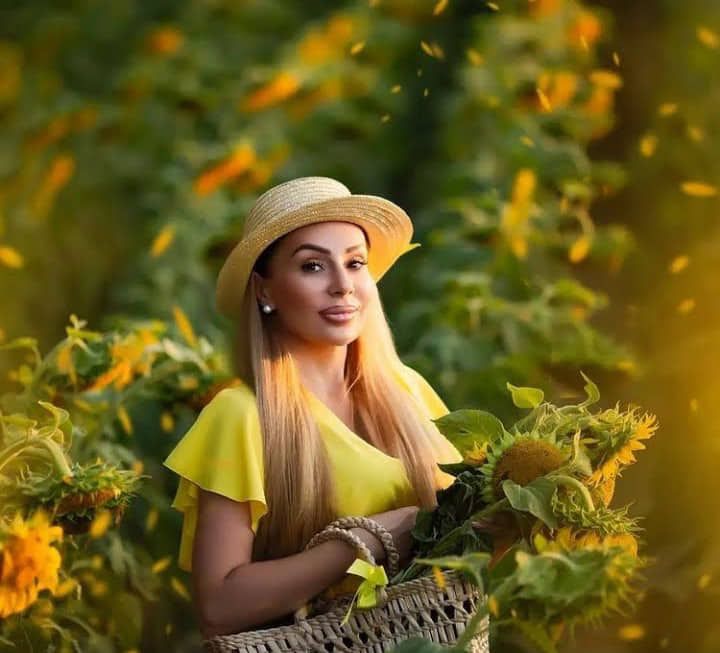
Система захисту соняшнику повинна охоплювати всі групи продукції для вирощування.Це має бути специфічний для регіону препарат для боротьби з шкідниками, враховуючи тип сівозміни, бур’яни, основні види бур’янів і шкідників та основні хвороби.
The sunflower protection system should cover all groups of products for cultivation. It should be a region-specific pest control product, taking into account the type of crop rotation, weeds, major weeds and pests and major diseases.
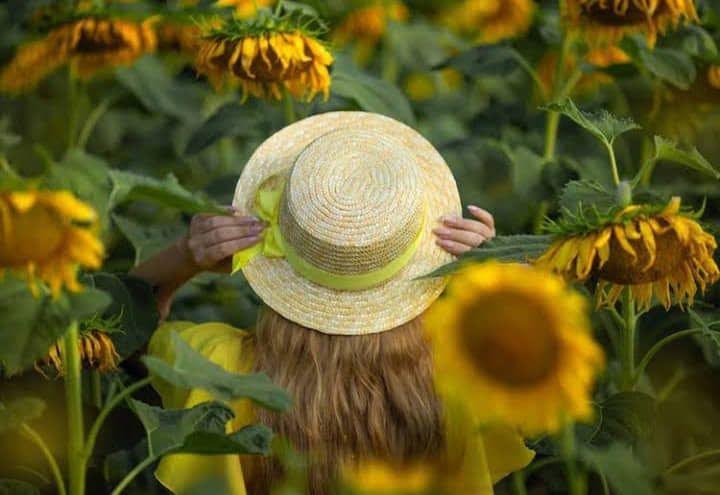
Оскільки врожайність соняшнику висока, в останні десятиліття він почав рости по всій Україні. Тому з розширенням площ у деяких регіонах поширилися грибкові захворювання небаченого характеру. Важливу роль тут відіграє нехтування ротацією рослин, оскільки більшість збудників соняшнику виживає на рослинних і ґрунтових рештках протягом багатьох років.
As the yield of sunflowers is high, in recent decades it has begun to grow throughout Ukraine. Therefore, with the expansion of areas in some regions, fungal diseases of unprecedented nature have spread. Neglect of plant rotation plays an important role here, as most sunflower pathogens survive on plant and soil residues for many years.
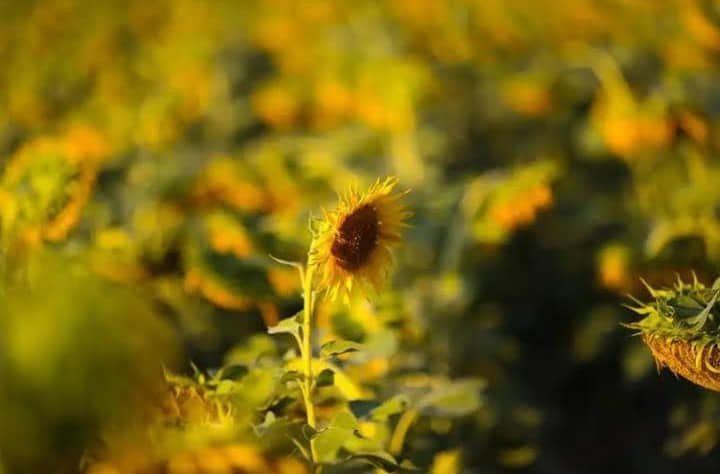
Здавна вважалося, що соняшник не потребує фунгіцидного захисту, хвороба не сильно розвивалася. Вважається, що в посушливих умовах хвороба соняшника не вплине, але можна залишити фунгіцид, але насправді це не погода і не кліматичні умови, насичення рослини зміною ротації рослин соняшнику та інших рослин із поширеними хворобами, з якими розроблені принципи управління і слід зазначити, що фунгіцидні обробки стали невід’ємною частиною технології вирощування соняшнику.
"It has long been believed that sunflowers do not need fungicidal protection, the disease has not developed much. It is believed that in arid conditions sunflower disease will not be affected, but you can leave the fungicide, but in fact it is not weather and climatic conditions, saturation of the plant by changing the rotation of sunflower plants and other plants with common diseases with developed management principles. treatments have become an integral part of sunflower growing technology.

Наприклад, минулого року на насадженнях соняшнику почав проявлятися альтернаріоз у стадії 2-4 листків, хоча зазвичай на цій стадії розвитку можна спостерігати лише перші ознаки ураження. На цій ділянці часто зустрічається септоріоз соняшнику, і його прояви дуже схожий на альтернаріоз і обидві хвороби можуть виникати у рослин одночасно.
"For example, last year sunflower plantations began to show Alternaria at the stage of 2-4 leaves, although usually at this stage of development can be observed only the first signs of damage. Sunflower septoria is common in this area, and its manifestations are very similar to Alternaria, and both diseases can occur in plants at the same time.
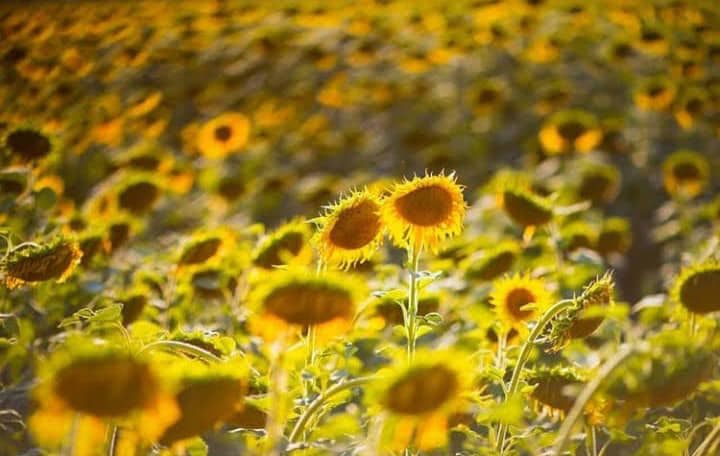
Також слід зазначити, що більшість захворювань у соняшнику виникає на ранніх стадіях росту і розвитку. Тому ферми слід регулярно оглядати на предмет пошкоджень, у тому числі хвороб, на стадії росту. За словами Володимира Салієнка, якщо кілька років тому у «фазі смерті» проводили лише одну фунгіцидну обробку, то тиск хвороб тепер змушує фермерів планувати 2 обробки.
It should also be noted that most diseases of sunflowers occur in the early stages of growth and development. Therefore, farms should be regularly inspected for damage, including disease, during the growing season. According to Volodymyr Salienko, if a few years ago only one fungicidal treatment was carried out in the "death phase", the pressure of diseases now forces farmers to plan 2 treatments.
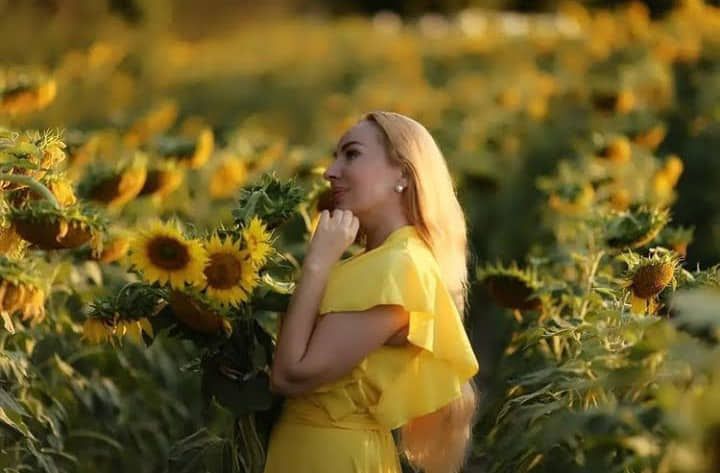
Основними шкідниками соняшнику є багато яги – лопати, або солов’ї за характерний малюнок задніх крил, які ще називають «стрічками», які нагадують багато медалей.
"Більшість овець літає вночі. Личинки голі, з непомітним волоссям. Багато Яги харчуються листям, іноді стеблами. Для більшості видів молодняк зимує, іноді на інших стадіях". Деякі види не мають певного зимового сезону. "
The main pests of sunflowers are many yags - shovels, or nightingales for the characteristic pattern of the hind wings, which are also called "ribbons", which resemble many medals.
"Most sheep fly at night. The larvae are naked, with inconspicuous hair. Many yaks feed on leaves, sometimes stems. For most species, the young overwinter, sometimes at other stages." Some species do not have a specific winter season. "
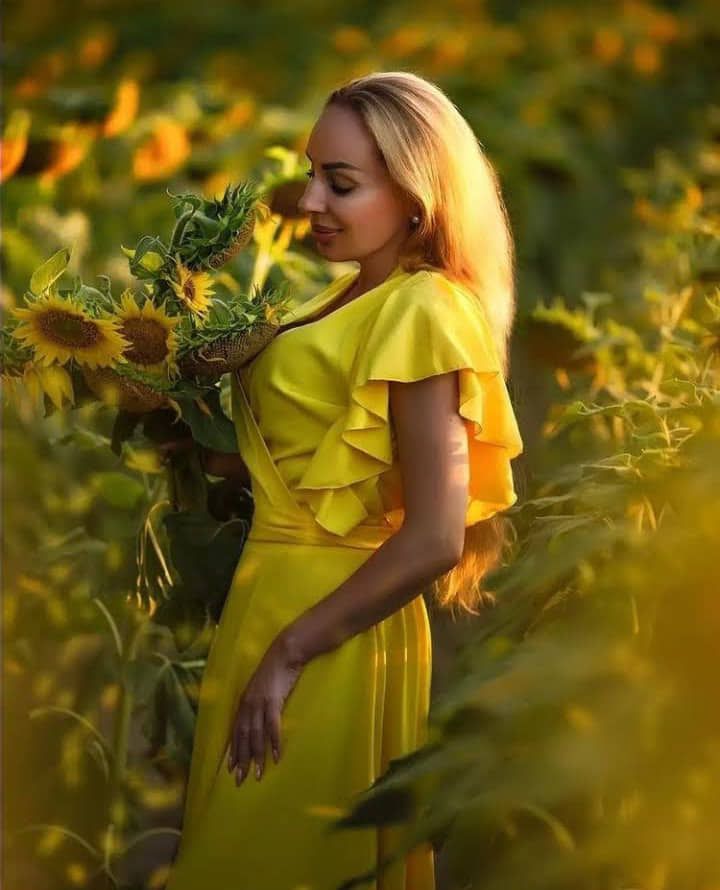
Václec šedý - Щоб визначити необхідність заходів щодо захисту сходів вранці та вночі, необхідно враховувати кількість жуків методом підрахунку землі 50X50 см, наприклад, виїмки. Досліджено поверхню ґрунту та його шар до 5 см, рослинні рештки та інші місця проживання, де ховаються жуки. Знайдених осіб підрахували та визначили їх середню кількість на 1 м2. При досягненні порогу економічної шкоди, який становить 2-3 особи/м2, розсаду обробляють відповідним інсектицидом.
Václec šedý - To determine the need for measures to protect the stairs in the morning and at night, it is necessary to take into account the number of beetles by counting the land 50X50 cm, such as excavations. The surface of the soil and its layer up to 5 cm, plant remains and other habitats where beetles hide have been studied. The found persons were counted and their average number per 1 m2 was determined. Upon reaching the threshold of economic damage, which is 2-3 persons / m2, seedlings are treated with an appropriate insecticide.
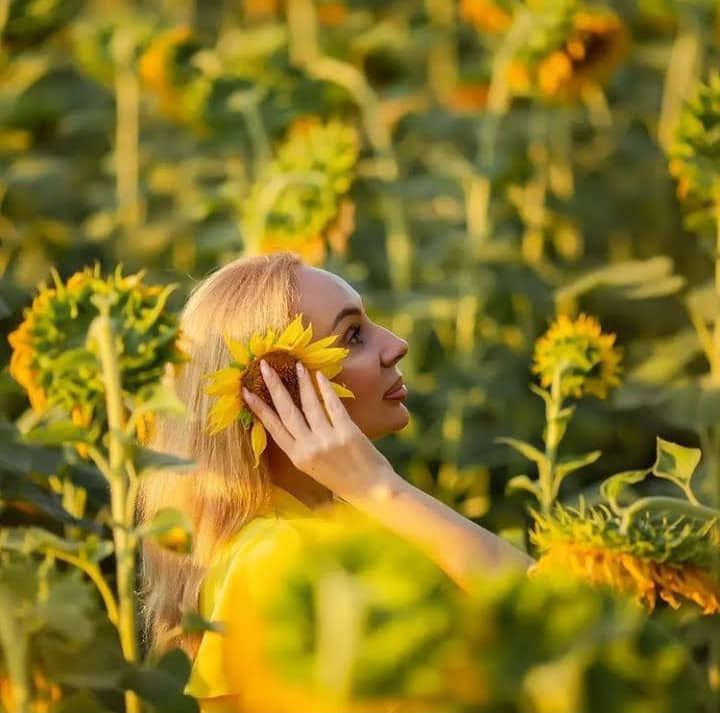
Соняшник південний (Mordellistena parvulliformis Stshegol.), Вуса вуса (Agapanthia dahli Richter.) - їх личинки ростуть на стеблах і поїдають вміст. Подумайте про їх кількість і пошкодження стебел соняшнику після збору врожаю. Для цього потрібно зібрати не менше 20 полів площею 1х1 м стовбурів і прикореневих частин, які зрізали довжиною ножа і підрахували кількість личинок і їх кількість з кожного дерева. В результаті розраховують середню кількість личинок на 1 м2.
«Перше, що бачить соняшник, це моль, жуки, потім на нього нападають попелиця, листогрида тощо. Рівень шкідників на рослинах соняшнику швидко змінюється, тому нехтувати боротьбою не варто. Обробка повинна бути виконана при досягненні EPS
Southern sunflower (Mordellistena parvula formis St Shegol.), Mustache mustache (Agapanthia dahli Richter.) - their larvae grow on stems and eat the contents. Think about their number and damage to sunflower stalks after harvest. To do this, collect at least 20 fields with an area of 1x1 m of trunks and basal parts, which were cut to the length of a knife and counted the number of larvae and their number from each tree. As a result, calculate the average number of larvae per 1 m2.
"The first thing a sunflower sees is a moth, beetles, then it is attacked by aphids, leaf beetles, etc. The level of pests on sunflower plants is changing rapidly, so the fight should not be neglected. Processing must be performed when EPS is reached
Congratulations, your post has been upvoted by @oscarps, from the @visualblock curation account
Puedes apoyar a nuestro Testigo @alberto0607 aquí /You can support our Witness @alberto0607 here